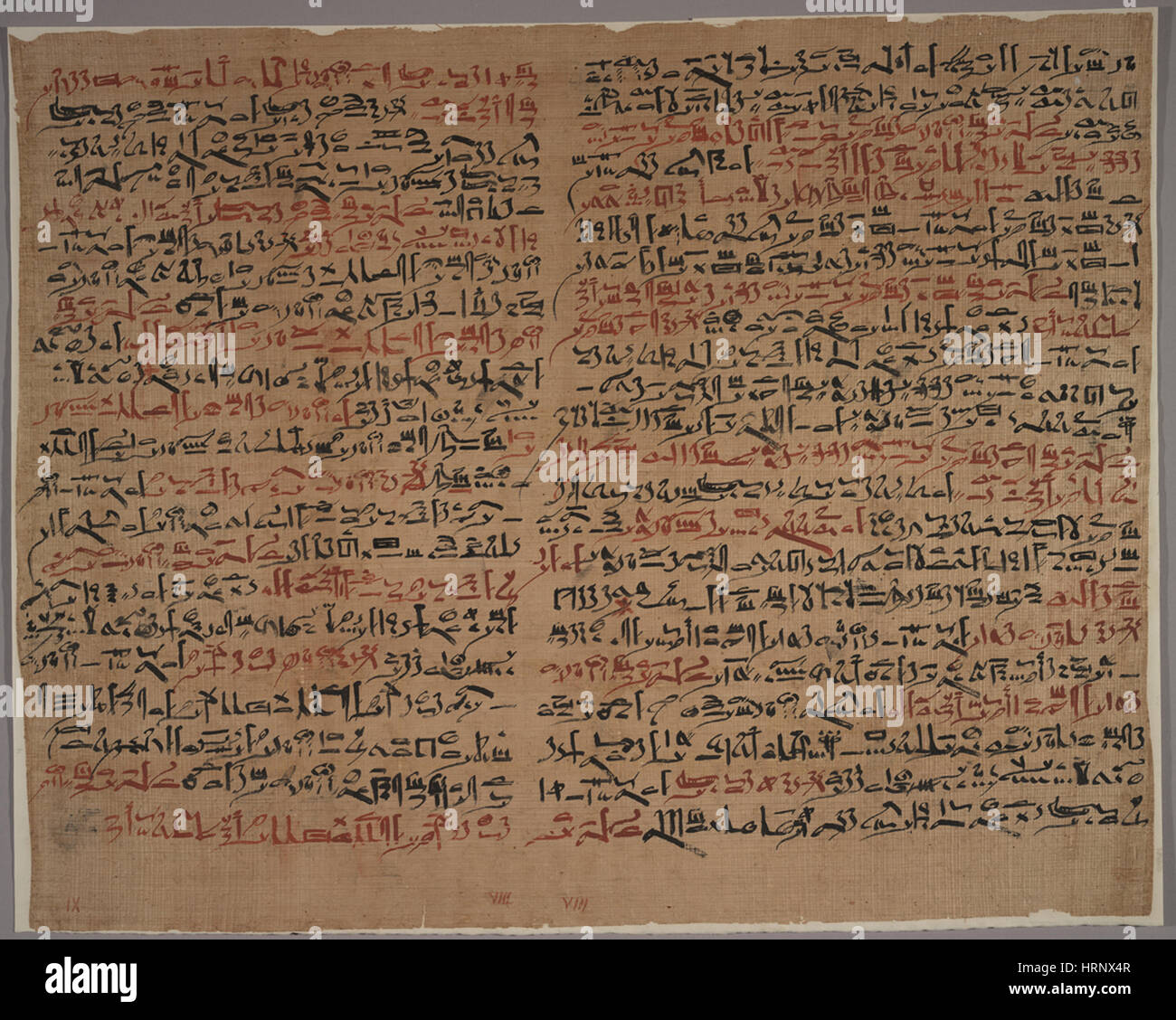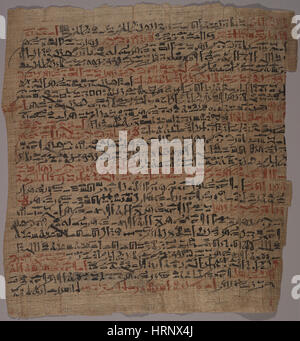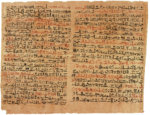

Many of these students praised the ESP as the first scientific work of medicine because of its clearly structured layout and the lack of magical practice. Consequently, since its publication the ESP has attracted modern physicians, who have explained the injuries based on their knowledge of modern medicine and tried to evaluate the efficacy of the proposed treatments from a modern medical point of view. Most of these publications were more or less philogically oriented. 1) by Breasted in 1930 and the standard edition of the hieroglyphic text in 1959, three more recent major editions of this papyrus in translation with commentary have been published, in addition to some articles that studied single cases. Depending on this, treatment options are given.Īfter the editio princeps (Fig. A verdict follows that comprises three treatment possibilities: either the disease can be treated, or it is a disease “the physician will fight with,” or nothing can be done for the patient. When deemed necessary, differential diagnostics are mentioned as well as an additional explanation of some of the clinical symptoms and specific medical terms. After the title, the diagnostic procedure and relevant clinical signs are enumerated. Again, each case is presented in a clearly structured manner. It describes injuries and wounds from head to toe (a capite ad calcem), separated into 48 cases. Although there has been a considerable change in the demographics of people and techniques adopted to make the diagnosis, the rationale that has been documented is still valid and holds good in medical and science settings.The Edwin Smith papyrus (ESP) holds a very special position in the canon of the ten surviving major medical papyri from ancient Egypt. The medical treatises that have been presented in the Edwin Smith Papyrus are considered to be of relevance even today. The precision with which the scientific details have been captured in the form of text shows the high level of medical knowledge that the ancient Egyptians possessed which has been ultimately passed on to current participants in the medical discipline. The writings are entirely scientific in nature that is based on rational observation in the field of medicine. The detailed procedures that have been presented in the document can still be considered to be of high relevance in the field of medicine that can help in treating diverse types of traumas in individuals. Immense clarity has been presented in the document, which helps to explain the specific kinds of traumas with utmost clarity and precision. The practical information that has been captured in the Edwin Smith Papyrus has played a key role in magnifying its relevance even in the 21st century. It shows a degree of anatomical sophistication which belies tis extreme age.

The text gives a glimpse into the knowledge that Egyptians possessed in ancient times relating to the connection of the pulse to the human heart and of the chief functions of the bowels, stomach and larger blood vessels. The contents contain a proper description of the examination, diagnosis, treatment and prognosis pertaining to every case. The papyrus contains a total of 48 clinical cases that are related to different organs of the human body. The practical medicine contained in this document was obviously of such value to the Egyptians that copies were made.

Due to the abrupt ending of the document, many believe it to be an incomplete version of an earlier, original manuscript. An unfinished line is the last thing that has been written in it, and there is no name of the author of the work. Corpse Medicine: The Surprising History of Human Fat TreatmentsĪcquired in Luxor in Egypt in the year 1862 by Edwin Smith, hence its name, perhaps the most interesting and baffling part of the papyrus comes at the very end.


 0 kommentar(er)
0 kommentar(er)
